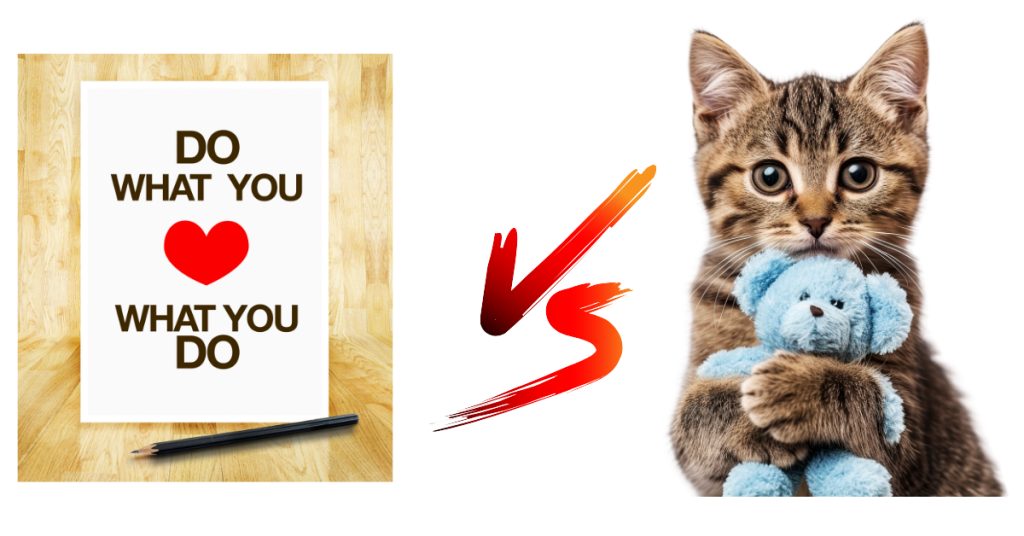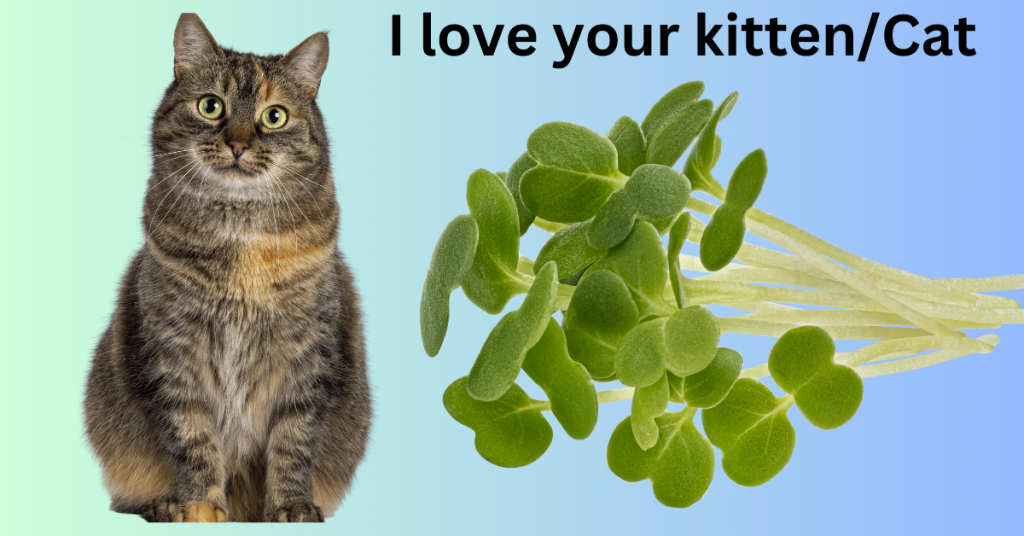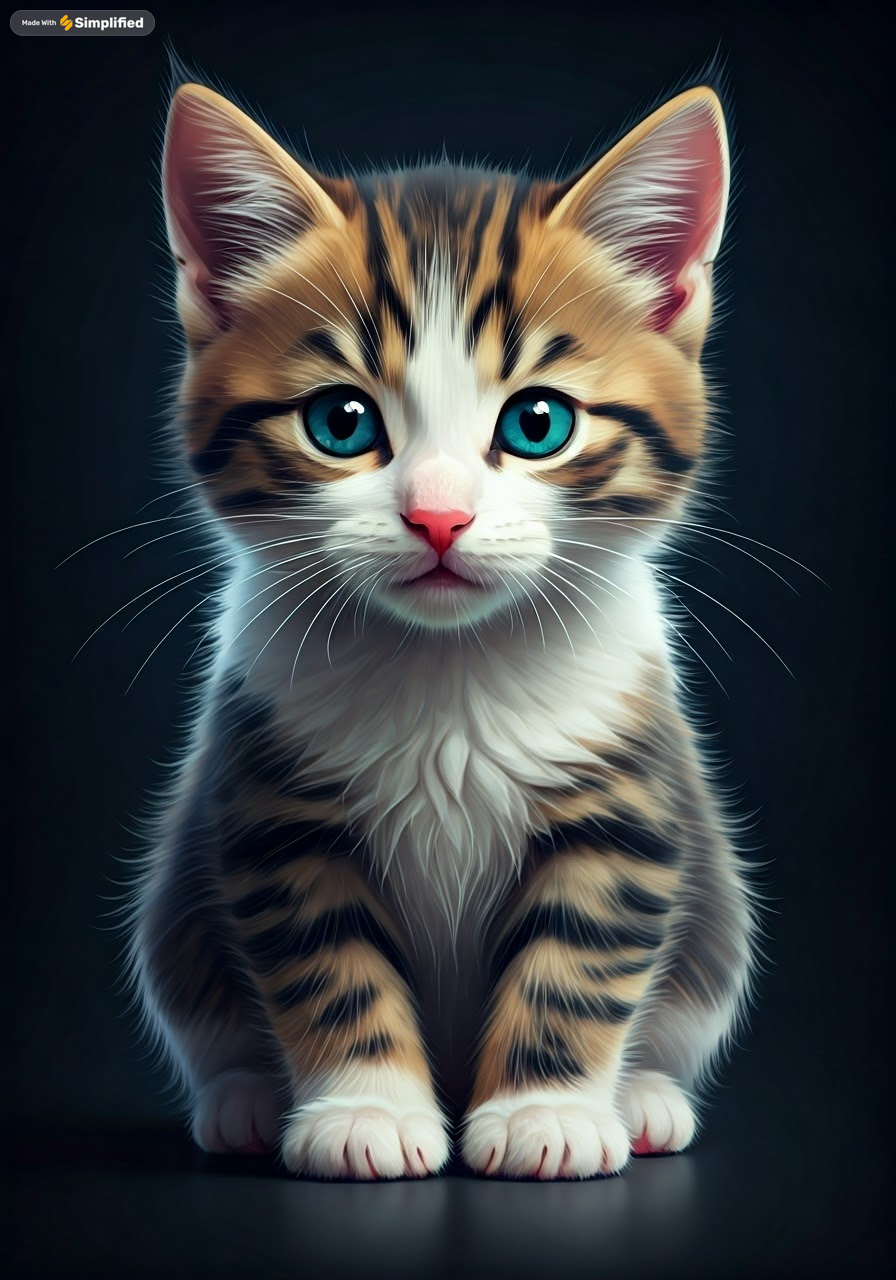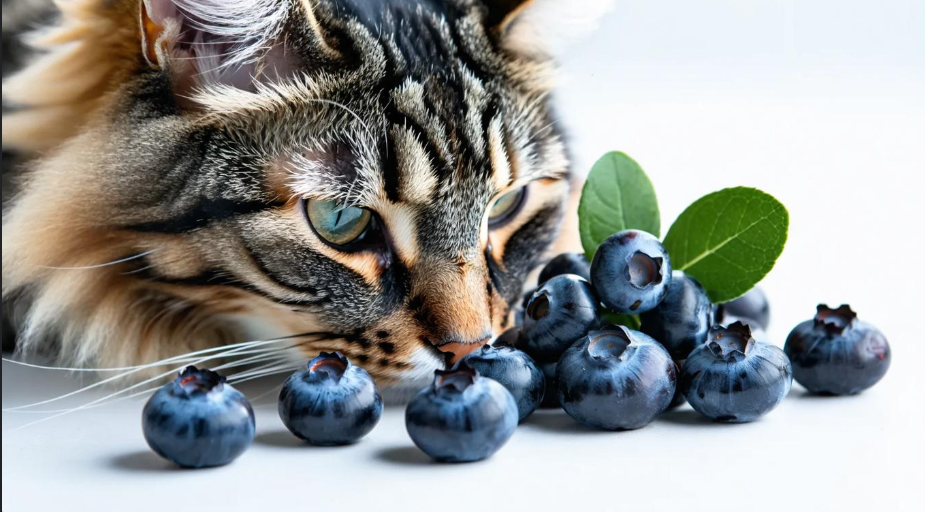So, Can cats eat microgreens?
Hello, My dear cat-lover friends I hope your Kitten/cat is well. Many of my cat lovers Ask a common equation that is can my cats eat Microgreens? Is it safe? The short answer is yes, cats can eat some types of microgreens, but with a few important caveats: Ok let’s see
1. Cats are obligate carnivores, so they don’t need vegetables in their diet.
2. Some microgreens are safe in small amounts, while others can be harmful.
3. Safe options include wheatgrass and cat grass, which many cats enjoy.
4. Microgreens should only be given as an occasional treat, not a regular part of their diet.
5. Always introduce new foods slowly and in small quantities.
6. Watch for any signs of digestive upset or allergic reactions.
7. Some cats may show no interest in microgreens at all.
Remember, it’s always best to check with your vet before adding anything new to your cat’s diet. They can give you personalized advice based on your cat’s specific health needs.
Are microgreens safe for cats?
I Generally speaking, microgreens can be safe for cats in small amounts, but it’s not a simple yes or no answer. Here’s what you need to know:
1. Some microgreens are safer than others. Wheatgrass and cat grass are usually fine and even beneficial.
2. Others, like onion or garlic microgreens, are a big no-no. They’re toxic to cats.
3. Even with the safe ones, moderation is key. Cats are carnivores, so they don’t need a lot of plant matter in their diet.
4. Every cat is different. Some might love microgreens, others might turn their nose up at them.
5. Always introduce new foods slowly to watch for any bad reactions.
6. Microgreens should never replace a cat’s regular, balanced diet.
7. If you’re unsure, it’s best to check with your vet first. They know your cat’s health history and can give you the best advice.
Bottom line: Some microgreens can be a safe, occasional treat for cats, but you’ve got to be careful about which ones and how much you give. When in doubt, ask your vet!

Benefits of microgreens for cats
Certainly! Let’s dive into the potential benefits of microgreens for cats. While cats are primarily carnivores, some microgreens can offer interesting perks:
1. Digestive aid: Certain microgreens, like wheatgrass, can help with hairball control and digestion.
2. Nutrient boost: Microgreens are packed with vitamins and minerals, offering a concentrated dose of nutrients.
3. Hydration: Some cats may be drawn to the moisture content in microgreens, helping with hydration.
4. Natural fiber: The fiber in microgreens can support healthy digestion and regular bowel movements.
5. Mental stimulation: Growing microgreens indoors can provide a safe, interactive “garden” for cats to explore.
6. Dental health: Chewing on certain microgreens may help clean teeth and massage gums.
7. Antioxidants: Many microgreens are rich in antioxidants, which can support overall health.
8. Weight management: Low-calorie microgreens can be a healthier alternative to high-calorie treats.
9. Folic acid: Some microgreens are high in folic acid, which supports cell growth and function.
10. Natural grass alternative: For indoor cats, microgreens can satisfy the urge to nibble on grass.
Remember, these benefits are supplementary to a cat’s regular diet. Always introduce new foods gradually and in moderation, and consult with your vet before making any significant changes to your cat’s diet.
Toxic microgreens for cats
Absolutely, it’s crucial to be aware of which microgreens can be harmful to our feline friends. Here’s a list of microgreens that are toxic or potentially dangerous for cats:
1. Onion microgreens: All forms of onion can cause anemia in cats.
2. Garlic microgreens: Like onions, garlic can lead to anemia and other health issues.
3. Chive microgreens: Part of the allium family, chives are also toxic.
4. Leek microgreens: Another member of the allium family to avoid.
5. Tomato microgreens: The green parts of tomato plants contain solanine, which is toxic to cats.
6. Rhubarb microgreens: These contain oxalic acid, which can cause kidney problems.
7. Avocado microgreens: Contain persin, which can cause vomiting and diarrhea.
8. Spinach microgreens: While not acutely toxic, they contain high levels of oxalates which can be problematic in large quantities.
9. Mustard microgreens: Can cause gastric irritation in cats.
10. Sorrel microgreens: High in oxalic acid, which can be harmful in large amounts.
Remember, even with “safe” microgreens, moderation is key. Always introduce new foods slowly and watch for any adverse reactions. When in doubt, consult your veterinarian before offering any new food to your cat. It’s always better to err on the side of caution when it comes to our furry companions!

Healthy greens for cats
Certainly! While cats are obligate carnivores, some greens can provide beneficial nutrients and variety to their diet. Here’s a list of healthy greens that are generally safe for cats in moderation:
1. Cat grass: Specifically grown for cats, usually wheat or oat grass.
2. Wheatgrass: Rich in chlorophyll and fiber, it can aid digestion.
3. Catnip: Not only enjoyable for cats but also a good source of vitamins.
4. Dandelion greens: Packed with vitamins A, C, and K.
5. Lettuce: Romaine or butter lettuce can be a low-calorie treat.
6. Cucumber: While not strictly a green, it’s safe and hydrating.
7. Zucchini: Another safe “green” vegetable for cats.
8. Pumpkin leaves: Can aid in digestion and hairball control.
9. Carrot tops: Rich in vitamins and minerals.
10. Parsley: In small amounts, it can freshen breath and provide vitamins.
11. Celery: Offers a crunchy texture some cats enjoy.
12. Watercress: Nutrient-dense and generally safe in small amounts.
Always Remember these key points:
1. Introduce new foods gradually.
2. Offer greens in small quantities as treats, not as meal replacements.
3. Always wash greens thoroughly to remove potential pesticides or contaminants.
4. Monitor your cat for any adverse reactions.
5. Consult with your veterinarian before making significant changes to your cat’s diet.
While these greens are generally safe, every cat is unique. What works for one may not work for another, so always observe your cat’s response to new foods carefully.
Few Best microgreens for cats
Certainly! While cats are primarily carnivores, some microgreens can be a healthy addition to their diet when offered in moderation. Here are a few of the best microgreens for cats:
1. Wheatgrass: This is perhaps the most popular and beneficial microgreen for cats. It’s rich in chlorophyll, vitamins, and fiber, which can aid digestion and help with hairball control.
2. Barley grass: Similar to wheatgrass, barley grass is nutrient-dense and can help with digestion.
3. Alfalfa sprouts: These are packed with vitamins and minerals, and many cats enjoy their mild flavor.
4. Pea shoots: High in vitamins A and C, pea shoots are generally safe and appealing to cats.
5. Cucumber microgreens: These are safe, hydrating, and can be a refreshing treat for cats.
6. Broccoli microgreens: Rich in antioxidants and vitamins, these can be beneficial in small amounts.
Remember these key important points:
1. Always introduce new foods slowly and in small quantities.
2. Monitor your cat for any adverse reactions.
3. Wash microgreens thoroughly before offering them to your cat.
4. These should be treats, not meal replacements.
5. Consult with your veterinarian before making any significant changes to your cat’s diet.
By offering these microgreens as occasional treats, you can provide your cat with added nutrients and variety in their diet. However, always prioritize a balanced, meat-based diet as the core of your cat’s nutrition.
conclusion
Microgreens can offer cats a nutritional boost and dietary enrichment when provided in moderation. Some, like wheatgrass and barley grass, are particularly beneficial for feline health, potentially aiding digestion and providing valuable vitamins and minerals. However, it’s crucial to remember that cats are obligate carnivores, and microgreens should never replace their primary meat-based diet.
When introducing microgreens to your cat:
1. Start with small amounts and observe your cat’s reaction.
2. Choose cat-safe varieties and always wash them thoroughly.
3. Offer them as occasional treats, not staple foods.
4. Be aware that not all cats will show interest in microgreens.
5. Consult with your veterinarian before making any significant dietary changes.
While microgreens can be a healthy addition to a cat’s diet, they’re not essential. The most important factor in feline nutrition remains a balanced, high-quality cat food. Microgreens can be a fun and potentially beneficial supplement, but they should be viewed as an optional extra rather than a dietary necessity.
Ultimately, each cat is unique, and what works for one may not suit another. By approaching microgreens thoughtfully and under veterinary guidance, you can safely explore whether they might be a positive addition to your feline friend’s diet.







Leave a Reply